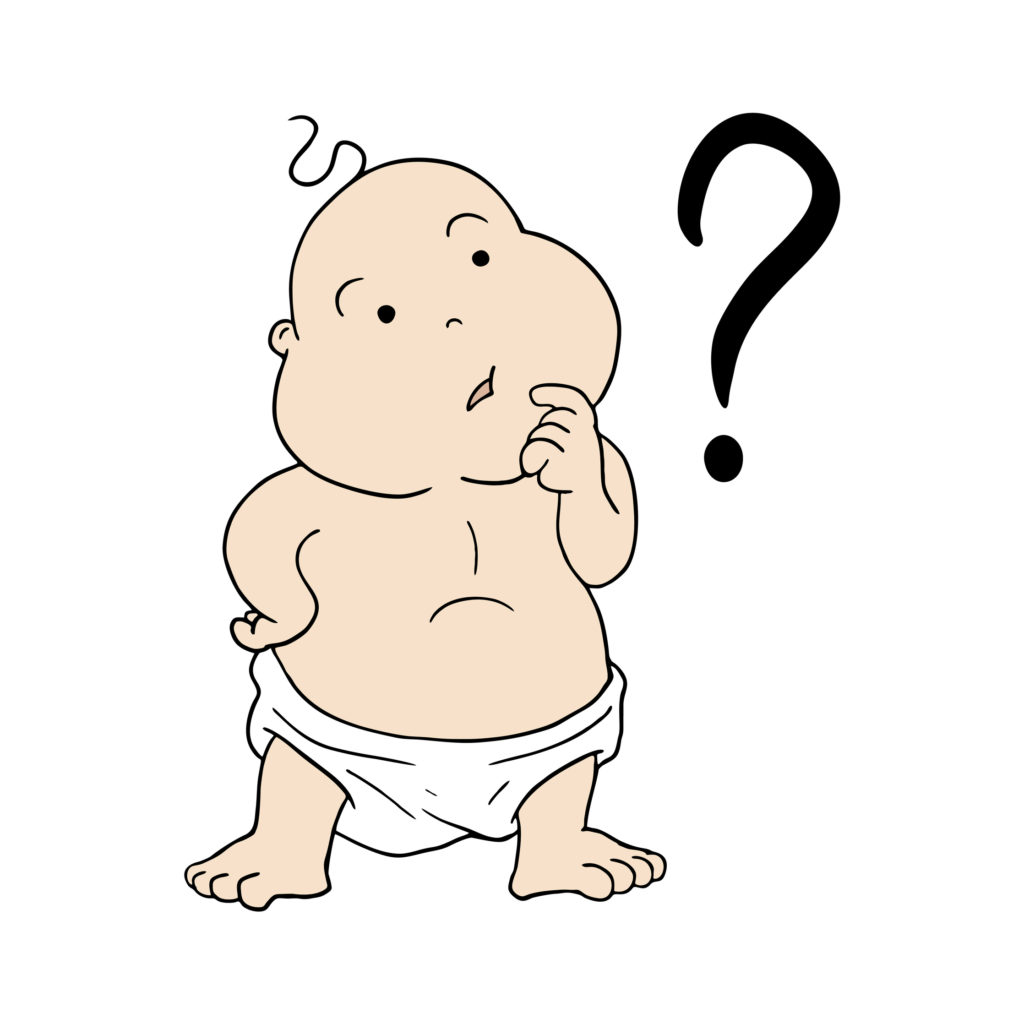
Neurological research on empathy began, like so many scientific discoveries, out of happenstance. In 1990, researchers in Italy were researching the brain activity of Macaque monkeys. They attached electronic nodes to the monkeys to monitor their brain activity as they went about their daily routines. One day, as the researchers were taking their lunch break, they noticed that as the monkeys watched them eat, the monkeys’ brain activity mirrored the same activity as if they were eating.
Monkey see, monkey feel, monkey want to do too.
This led to the discovery of what we now know as mirror neurons. Our mirror neurons are what cause us to mimic what we watch unconsciously. Someone smiles at us, and we smile back without a thought. A person near us yawns, and the next thing we know, we are yawning, too. You watch a video of a man taking a shot in the crotch from his 3-year old’s plastic baseball bat, and you feel a shot of pain in the same area.

This visceral reaction is the biological basis of empathy. Empathy researcher Dr. Elizabeth Segal refers to this neuro-biological reflex as our affective response. It’s only one of several components of empathy in her model, but it’s the foundational instinct that triggers the other aspects of empathy.
But we aren’t exactly born with it. It is nurtured (or not) in us through the earliest interactions with our mothers and other caregivers. When a baby cries and the mother mirrors the child’s concern on her face as she attends to him, then the child’s mirror neurons begin to become trained to mimic the mother’s facial expressions as well. Baby see, baby do. Essentially, children first begin to understand themselves through the mirror of their caregivers’ faces. A baby smiles, daddy smiles back, which completes an emotional loop. The more it happens, the greater the child’s empathy capacity. And the less it happens, the greater the challenges of healthy brain development that lead to empathy and the child’s overall ability to relate to and trust others. Unfortunately, smiles and concerned expressions are not all a baby sees from us. Sometimes they see our frustration or no expression at all from tired parents. These responses send mixed messages like “your need for help makes me mad” and “no one cares about your needs.” Those negative or even neutral interactions leave lasting impressions upon a child’s brain.
Baby see, baby feel, baby do. Baby don’t see, baby doesn’t feel felt, baby doesn’t do.

People with a well-developed empathy system naturally feel what other people feel and they are more likely to respond in helpful and compassionate ways. But what about people who are low on empathy?
There’s good news. You can learn empathy at any age. Even if you are short on feeling, you can develop the mechanics of empathy, according to Harvard professor Helen Riess, MD. In her book The Empathy Effect, she outlines her E.M.P.A.T.H.Y. training model. She primarily designed her training to help doctors deliver medical care with greater empathy. Studies show that the higher the level of empathy a patient feels from their caregivers, the higher their response to their treatment. Riess found that many doctors, particularly surgeons, are low on the empathy spectrum. Still, through some basic empathy training was able to develop their ability to relate empathetically with their patients significantly.
Doctor train, doctor learn, doctor do better!
Riess’ model looks like this:
E is for eye contact. Meeting someone’s eyes gives you access to a world of information about what a person is thinking and feeling. It also shows you care!
M is for muscles of facial expression. Reflecting back people’s facial expressions helps them feel heard and felt. Practice on yourself in the mirror. It really works.
P is for posture. You can tell a lot about how a person is feeling by their posture. And they can tell if you are open to them or not. Riess writes, “Turn your body toward them, lean forward, and sit at eye level.”
A is for affect. Affect is the scientific term for emotion. Through observation, you can learn to name how a person is feeling. But you might want to ask them how they are feeling, too. People tend to put on the face they want you to see.
T is for tone of voice. Riess says that “tone of voice conveys over 38 percent of the nonverbal emotional content of what a person communicates” and “is a vital key to empathy.” When people believe you care, they are more open to hearing what you have to say to them. The tone of voice says it all.
H is for hearing the whole person. Riess says, “Empathic listening means paying attention to another person, identifying her emotions, and responding with compassion and without judgment.” This kind of listening is critical in my model for spiritual health.
Y is for YOUR response. Monkey do time! How you respond will show if you genuinely have understood their concerns. This is where the rubber meets the road. If you react simply with how you want to respond and neglect to take the person’s heard and felt needs into account, then you have failed at empathy. It doesn’t mean that we always have to give people exactly what they want. We can’t always do that, and we shouldn’t always do that. You can respond empathically to a drug addict without giving them their drug just by showing you care (which may mean giving them treatment options).
We can’t always feel what others are feeling. Even the most empathetic of us can erode our capacity to care. It happens during stressful times, when we are overworked, and not getting enough rest. We can get overwhelmed by exercising our empathy for and with others. Riess’s model gives us a way to respond that can allow us to preserve what little emotional reserves we have. In other words, sometimes we just have to fake it. And that’s ok…for awhile.

However, this training is not meant to be a replacement for maintaining your spiritual and emotional health. If you don’t take care of yourself, you are on the path to burnout, which is essentially when your empathy system crashes. You may be feeling low on your ability to care right now, but you don’t have to stay low. Through spiritual health coaching, you can learn to refill your tank. If you are low right now, please consider signing up for a couple of coaching sessions with me. I will get you up and feeling for others again in no time! You will soon be willing to see and hear the need of others again, feel what others are feeling again, and do the compassionate thing once again. And that’s no monkey business.

This is a great article in understanding empathy. Thanks for sharing. -M